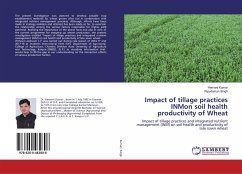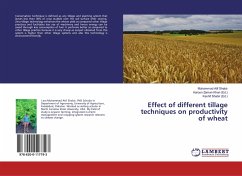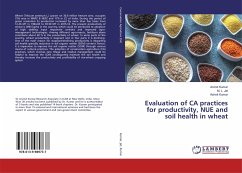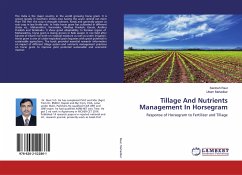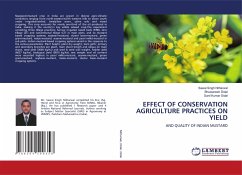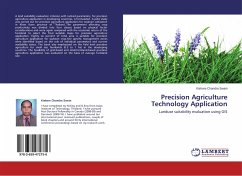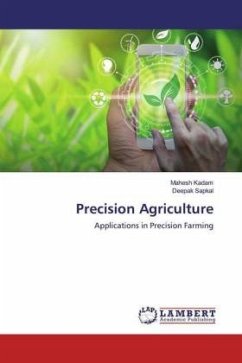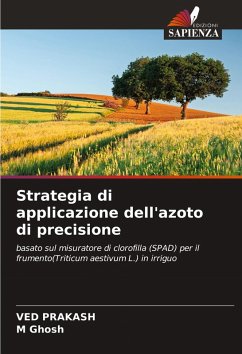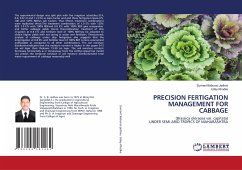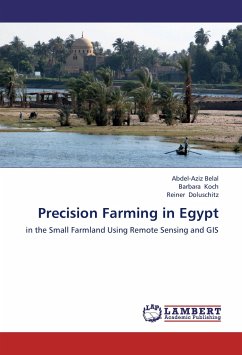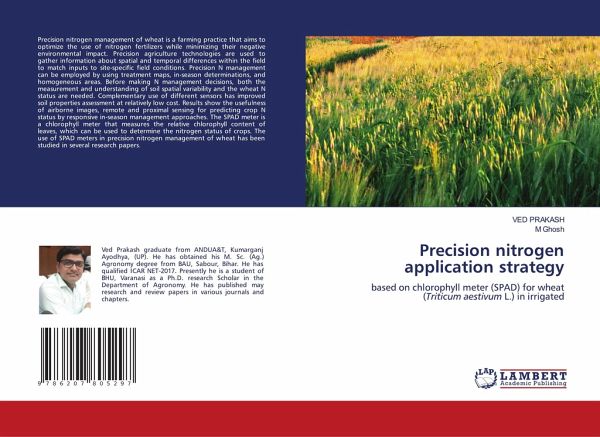
Precision nitrogen application strategy
based on chlorophyll meter (SPAD) for wheat (Triticum aestivum L.) in irrigated
Versandkostenfrei!
Versandfertig in 6-10 Tagen
40,99 €
inkl. MwSt.

PAYBACK Punkte
20 °P sammeln!
Precision nitrogen management of wheat is a farming practice that aims to optimize the use of nitrogen fertilizers while minimizing their negative environmental impact. Precision agriculture technologies are used to gather information about spatial and temporal differences within the field to match inputs to site-specific field conditions. Precision N management can be employed by using treatment maps, in-season determinations, and homogeneous areas. Before making N management decisions, both the measurement and understanding of soil spatial variability and the wheat N status are needed. Compl...
Precision nitrogen management of wheat is a farming practice that aims to optimize the use of nitrogen fertilizers while minimizing their negative environmental impact. Precision agriculture technologies are used to gather information about spatial and temporal differences within the field to match inputs to site-specific field conditions. Precision N management can be employed by using treatment maps, in-season determinations, and homogeneous areas. Before making N management decisions, both the measurement and understanding of soil spatial variability and the wheat N status are needed. Complementary use of different sensors has improved soil properties assessment at relatively low cost. Results show the usefulness of airborne images, remote and proximal sensing for predicting crop N status by responsive in-season management approaches. The SPAD meter is a chlorophyll meter that measures the relative chlorophyll content of leaves, which can be used to determine the nitrogen status of crops. The use of SPAD meters in precision nitrogen management of wheat has been studied in several research papers.





